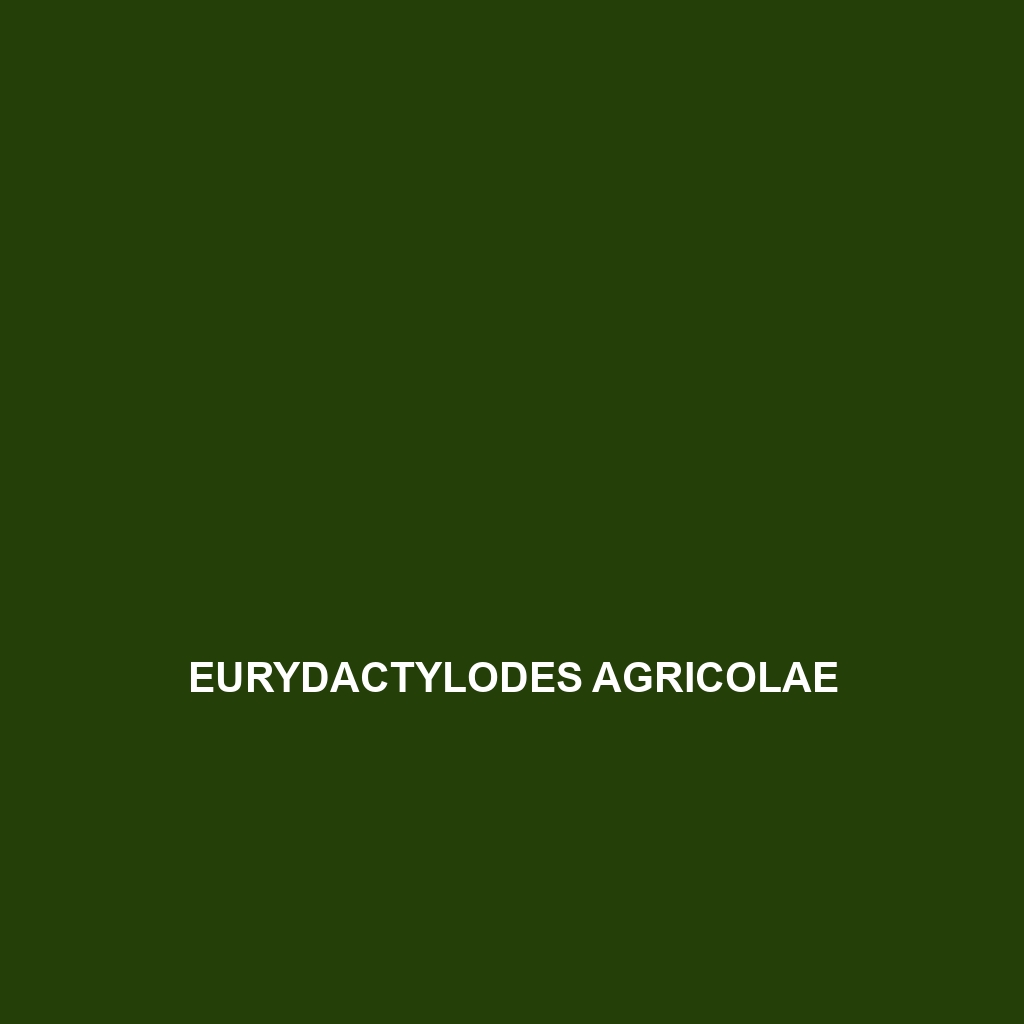Common Name
Eurydactylodes agricolae
Scientific Name
Eurydactylodes agricolae
Habitat
The Eurydactylodes agricolae is primarily found in the lush, biodiverse regions of New Caledonia, a French territory located in the southwestern Pacific. These geckos thrive in a variety of habitats, mainly in rainforests, where high humidity and dense vegetation provide an ideal environment for hiding and foraging. They are also observed in surrounding savannas and sometimes in temperate forests, allowing them to adapt to varying microclimates within these ecosystems. The unique climate of New Caledonia, characterized by mild temperatures and heavy rainfall, plays a crucial role in the survival and reproduction of Eurydactylodes agricolae, making it an integral part of its habitat.
Physical Characteristics
Eurydactylodes agricolae, commonly known as the agricultural gecko, boasts distinctive physical features that set it apart from other species. Typically, these geckos reach an average size of about 10 to 12 centimeters in length. Their skin exhibits a remarkable range of colors, blending shades of brown, green, and grey, which helps them camouflage amidst the foliage. The body is slender with slightly flattened limbs, and they possess large, expressive eyes adapted for nocturnal activity. Notable are their adhesion pads on their toes, allowing them to skillfully navigate vertical surfaces and even ceilings. Such adaptations not only promote their arboreal lifestyle but also prevent predation.
Behavior
The behavior of Eurydactylodes agricolae is intriguing, particularly their nocturnal habits, as they emerge at night to hunt and explore. These geckos exhibit territorial behaviors, especially males that are known to defend their area through vocalizations and displays of physical prowess, showcasing unique courtship rituals to attract mates. Their social interactions tend to be relatively solitary, however, they do establish territories where they may coexist with other individuals. In times of threat, Eurydactylodes agricolae is known to employ a defensive strategy, utilizing their camouflaging abilities to evade predators rather than fleeing.
Diet
Eurydactylodes agricolae is primarily an insectivore, feeding on a diet rich in various insects such as crickets, beetles, and moths. They exhibit an opportunistic feeding strategy, taking advantage of any available food sources while maintaining a flexible diet. In addition to insects, they may occasionally consume plant matter, showcasing aspects of omnivorous behavior. Their hunting style is characterized by patience; they tend to sit still and wait for the right moment to snap up their prey, aided by their keen eyesight and excellent climbing abilities.
Reproduction
The reproductive cycle of Eurydactylodes agricolae typically involves seasonal mating patterns. Mating occurs during the wet season when environmental conditions are optimal for reproduction. After a gestation period of around three to four weeks, females lay a small clutch of eggs, usually ranging from 1 to 3 eggs. The eggs are often hidden in moist soil or leaf litter to protect them from predators. Parental care is minimal; however, the selection of nesting sites is critical for ensuring the successful hatching of the young, which emerges after approximately 6 to 8 weeks.
Conservation Status
Currently, Eurydactylodes agricolae is classified as vulnerable according to the International Union for Conservation of Nature (IUCN). Habitat loss due to deforestation and urban development poses significant threats to their populations. Conservation efforts are in place to protect their natural habitats, including the establishment of dedicated reserves. However, ongoing challenges such as climate change and introduction of invasive species continue to threaten their survival. Effective conservation strategies and habitat restoration initiatives are vital for ensuring the long-term viability of Eurydactylodes agricolae.
Interesting Facts
One of the most fascinating aspects of Eurydactylodes agricolae is its incredible ability to change color, a trait that not only provides camouflage but also plays a role in communication. Additionally, they possess a remarkable adaptability to varying elevations within their habitat, which allows them to thrive in both high-humidity areas and slightly drier microenvironments. Their unique vocalizations, often likened to soft chirping sounds, form a crucial part of their social interactions, especially during mating season.
Role in Ecosystem
Eurydactylodes agricolae plays an important role in its ecosystem as both a predator and prey. By feeding on insects, they help control pest populations, which is essential for maintaining the ecological balance. In turn, they serve as a food source for larger predators, thereby being an integral link in the food chain. Their presence contributes to the overall health of the ecosystem, highlighting the importance of preserving their habitats to ensure biodiversity and ecological stability.
